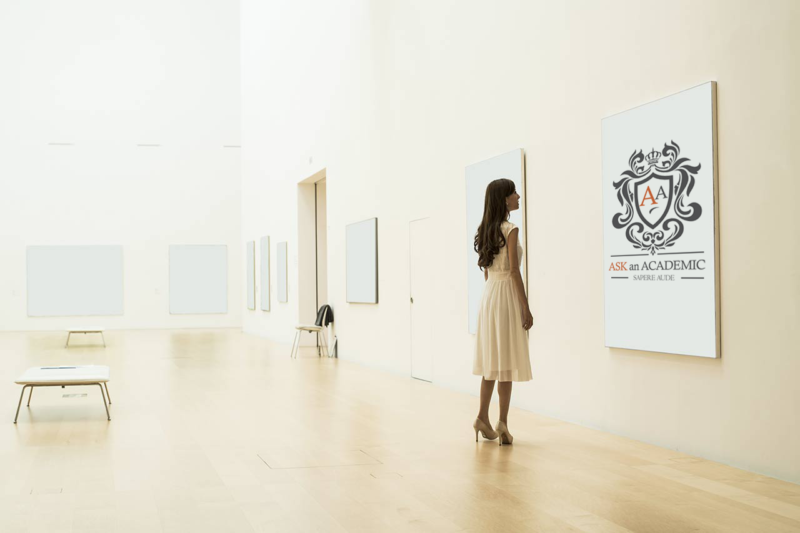The Theory of Colour
A short answer that details the understanding of the theory of colour
Question
describe your understanding of the theory of colour
Answer
Colour theory is a complex framework within the visual arts that provides guidance on the mixing of colours and the visual effect that combinations of colour produces. The simplicity of this basic definition belies the complexity of the theoretical framework and its historical evolution. Understanding it begins with the definition of various colours and grasping their uses. For example, primary colours may be additive or subtractive, with the former being red, blue and green and the latter being blue, red and yellow, and secondary colours being made from any two of these colours (Ambrose & Harris, 2007). Of course, this deals solely with the composition and basic purpose of colours but there are several variations of the theoretical framework that extend this point. Indeed, there is no single theory that underpins it but rather a series of ideas and analyses that are important to the understanding of the composition, use and effect of colour. For example, Goethe’s (2015) 1810 Theory of Colours discusses how colour is perceived and the qualities each one possesses, although its sparse scientific elements were debunked by physicists (Sepper, 2009). However, despite its scientific issues, Goethe’s theory emphasises the fact that colour theory encompasses very different elements. In terms of the modern status of colour theory, there is a need to acknowledge that technologies influence the practical application of colours (Bleicher, 2012) but the basic premise of the theory remains constant.
References
Ambrose, G. & Harris, P., (2007). Basics Design 05: Colour. London: Bloomsbury Publishing.
Bleicher, S., (2012). Contemporary Colour: Theory and Use.2nd Ed. Boston: Cengage Learning.
Goethe, J., (2015). Goethe’s Theory of Colours. A. Johannsen ed. Washington DC: Library of Alexandria.
Sepper, D., (2009). Goethe, Colour and the Science of Seeing. In A. Cunningham ed. Romanticism and the Sciences. Cambridge: Cambridge University Press, pp. 189-198.
